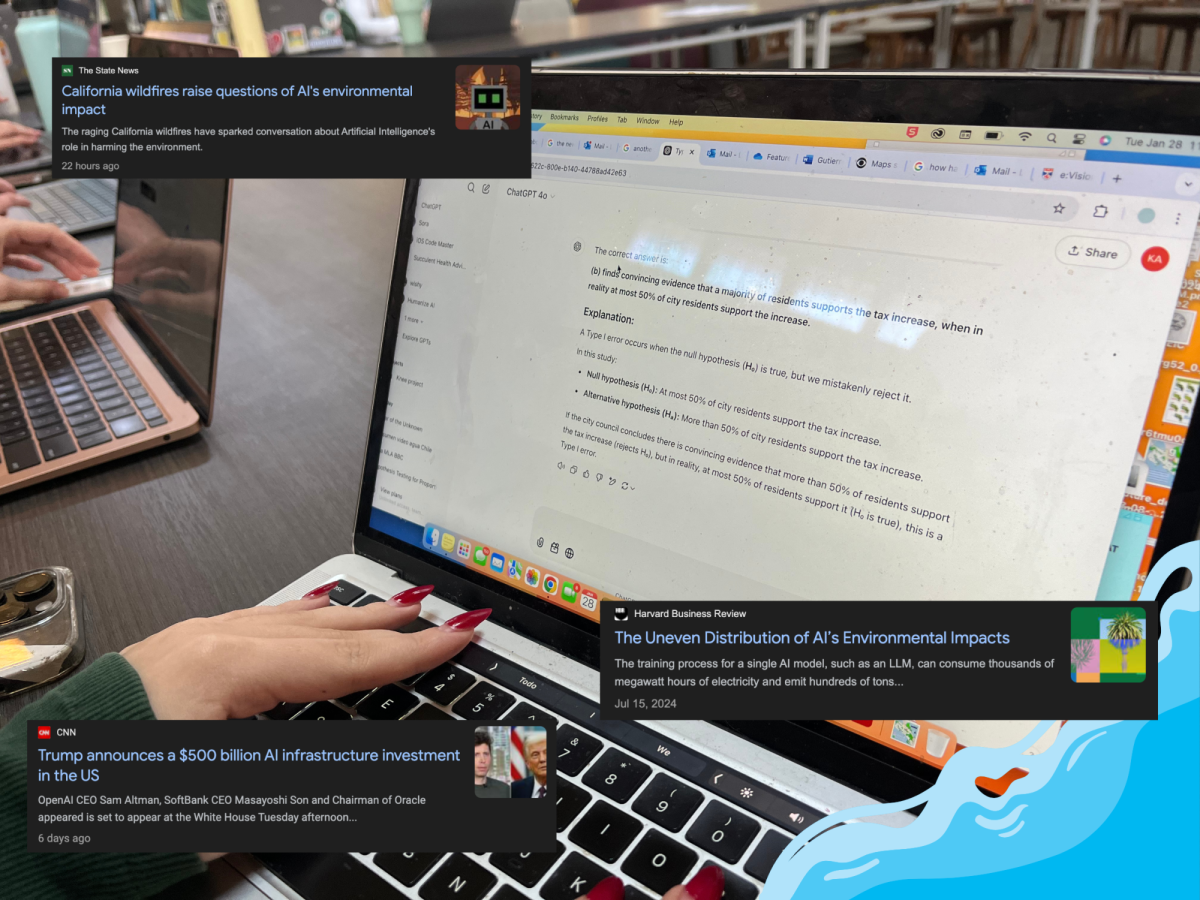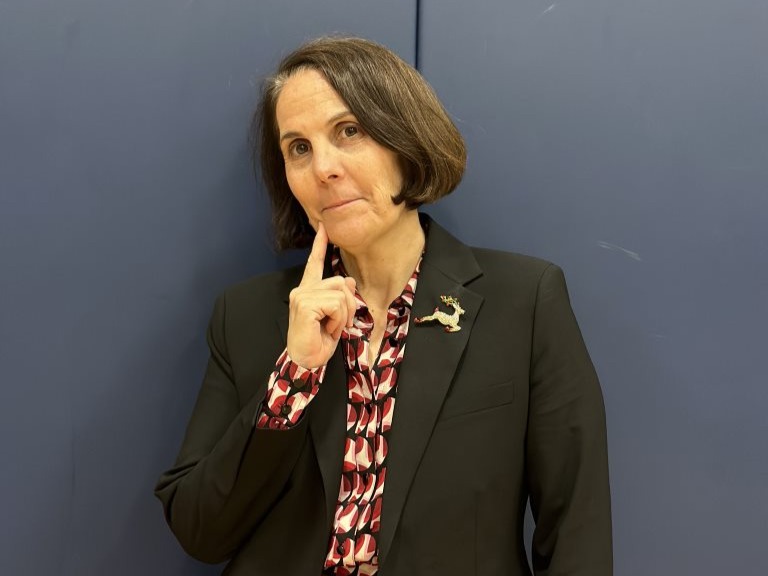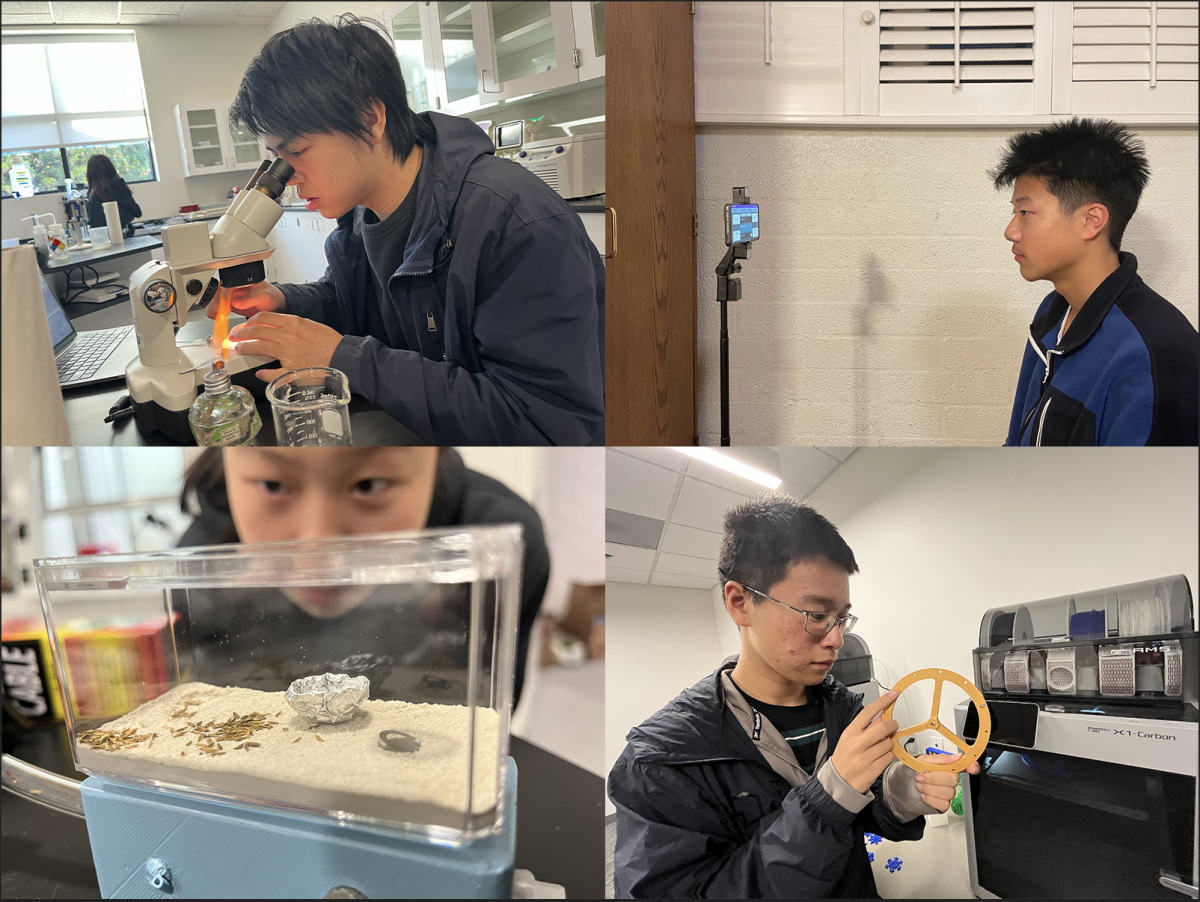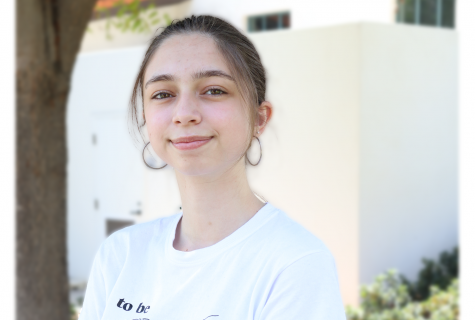In a paramount breakthrough from the zoom-plays and scaled down shows of quarantine, the Liu/Cheung Theater is hosting its first full-scale stage production since March 2020. The play Sense & Sensibility is a two-hour adaptation of the classic Jane Austen book filled with romance, scandal, and betrayal.
When most people think about Jane Austen stage adaptations, they imagine massive 18th century balconies, ivory columns, and beautiful murals of the English countryside. The Webb theater afternoon activity, however, is taking a very different approach to Sense & Sensibility.
“It’s different because it’s not as polite as people expect Jane Austin to be––all brown furniture, stiff upper lips and tea drinking,” said Stefanie Plumley, fine arts department faculty and creative director. “The minimal yet evocative set pieces allow the audience to imagine their own version of [Austen’s] world.”
The entire set consists of three windows, one door frame, one table and ten chairs—all on wheels.
“[The chairs on wheels] were really interesting because I have never [used] any tools or props like that in any of my theater experience,” said Emily Berg (‘24), who plays Elinor Dashwood. “I think, overall, they are one of the driving forces for the show.”
The actors spend much of the play seated in these rolling chairs, wheeling themselves across the stage passionately.
“The wheels and the mutable setting require more [planning] and stage directions,” said Jonah Canty (‘23), set crew member. “The smaller set makes the set easier to construct but harder to implement.”
Technicians create each of the ten settings in the play by rearranging the set pieces into unique combinations that evoke the image of a room, park, or road.
“Having a smaller set makes sense given the production, and it offers much more flexibility and creativity to create a playing space,” said William Ma (‘22), the light board operator.
“Actors have a lot of opportunities to put their input into what they think would look good on stage,” Emily said. “It allows for a lot of creativity.”
Some locations in the play are created using overhead lights that project patterns onto the stage. One example is the road that the Dashwoods, the family featured in the play, travel on to reach their new home. To create the road, the lights crew rigged five lights that project a sharp, solid strip of light onto the stage.
“Lights cannot substitute a set, but [they] can definitely complement it,” William said.
The theater tech afternoon activity is currently comprised of three crews: set/props, sound, and lights, all working tirelessly to create their aspect of the show.
Even with the pared down set, building fifteen individual set pieces is no easy feat. Even when the set is built, the set crew’s work is never over. Nearly every day, a chair breaks, the door frame cracks, or a wheel comes off its axel. The crew will be doing repairs until the curtain call on closing night.
Many audience members who attend the play will only see the set and may not even notice the work of the lights and sound crews.
The sound crew not only controls the music and sound effects, but also the microphones for each actor. When done right, the presence of microphones should be unobtrusive but effective, allowing even the audience members furthest from the stage to hear the actors clearly.
The members of the lights crew rigged upwards of 90 lights in the catwalks above the audience and stage, each with a very specific role in lighting the stage.
The stage is divided into nine zones, each with either three or four lights focused on the “area,” or section of the stage. Most areas have two lights shining on the actors from the front, one directly above, and one behind them. Each light is plugged into an outlet called a dimmer, which is assigned to a number.
The catwalks have upwards of 100 dimmers, each controlled individually from the light board. Knowing which dimmer controls the lights for which area allows us to program each switch to control an individual zone’s lights.
But four lights for nine areas only adds up to 36 lights. Where are the other 54?
After we rigged the first 40 lights, we celebrated finishing well ahead of schedule. Then, we were promptly informed that every setting would require both day and night lighting.
Since we cannot remotely control the color of each light––we add color by putting a cellophane-like sheet of polyester over the lights themselves––we had no choice but to rig an additional 40 lights to create the impression of both day and night.
Half of the lights shine bright yellows and oranges onstage, creating a daytime setting. The other half creates the illusion of nighttime with dark blues and indigoes.
Surprisingly, a lot of tech’s job is paperwork. The lights crew creates what is called an instrument schedule, which holds all necessary data about the current lighting setup. It denotes area numbers, catwalk locations, dimmer numbers, important notes, and the location of each light on the control board.
But nobody does more paperwork than the stage manager. The stage manager works closely with both the creative director and the technical director to ensure that tech executes the director’s creative vision to the best of their ability. Every time a light changes on stage or a sound effect plays, it happens because the stage manager told the board operators exactly when to do so. Without a stage manager calling cues for a show, the transitions can look uncoordinated.
As assistant stage manager, my job is to listen to the stage manager call the cues and connect them to what needs to happen backstage. Any time a scene change is approaching, I inform members of the running crew when to move the set pieces and where the pieces are moving to. I also need to know when each actor is supposed to enter, as well as from where, so that nobody misses their cue.
With just one person’s work missing, the entire production could fall apart. Without a set or props, the actors have nothing to interact with on stage; without lights, the actors are invisible to the audience; without sound, their voices are inaudible.
Two months’ worth of tireless, skilled work culminates in a two-hour production that most audience members will see only once. Even then, their attention is on the actors, paying little attention to the lights, sound, or set. So why do we even do tech?
The answer is: we love what we do, and there’s something incredible about the feeling of seeing all your hard work come to life in front of an audience.
When you go see Webb’s production of Sense & Sensibility, I urge you to pay attention to more than just the story: watch the ways in which the story is told through the lighting, music, set, and props.
The show opens on Thursday, November 4th, and runs until Saturday, November 6th; all shows start at 7 p.m.
Get your free tickets here!
Come see the work of these thirteen incredible technicians in the Liu/Cheung theater this weekend:
Rachel Hong – Stage Manager
Kylie Osborne – Asst. Stage Manager
William Ma – Light Board Operator
Riley Fass – Audio Engineer
Kate Donez – Asst. Audio Engineer
Jonah Canty – Set/ Props Crew & Videographer
Jonathan Lou – Set/Props Crew & Running Crew Lead
Catherine Chen – Lighting & Running Crew
Jack Messina – Lighting & Running Crew
Ryan Walker – Lighting & Running Crew
Oliver Butcher – Set/Props & Running Crew
Maven Li – Set/Props & Running Crew
Katharine O’Hearn – Set/Props & Running Crew


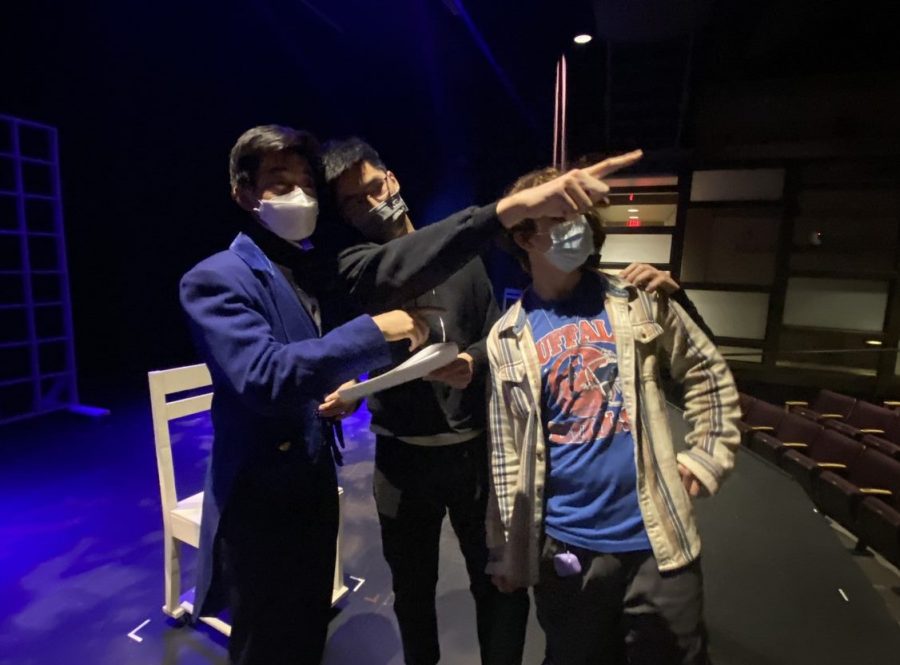


![All members of the Webb Robotics Winter season teams taking a group photo. Of note is Team 359, pictured in the middle row. “It was super exciting to get the win and have the chance to go to regionals [robotics competition]” Max Lan (‘25) said. From left to right: Max Lan (‘25), Jerry Hu (‘26), David Lui (‘25), Jake Hui (’25), Boyang Li (‘25), bottom Jonathan Li (’25), Tyler Liu (‘25)](https://webbcanyonchronicle.com/wp-content/uploads/2025/03/Screenshot-2025-03-10-at-2.41.38 PM.png)
